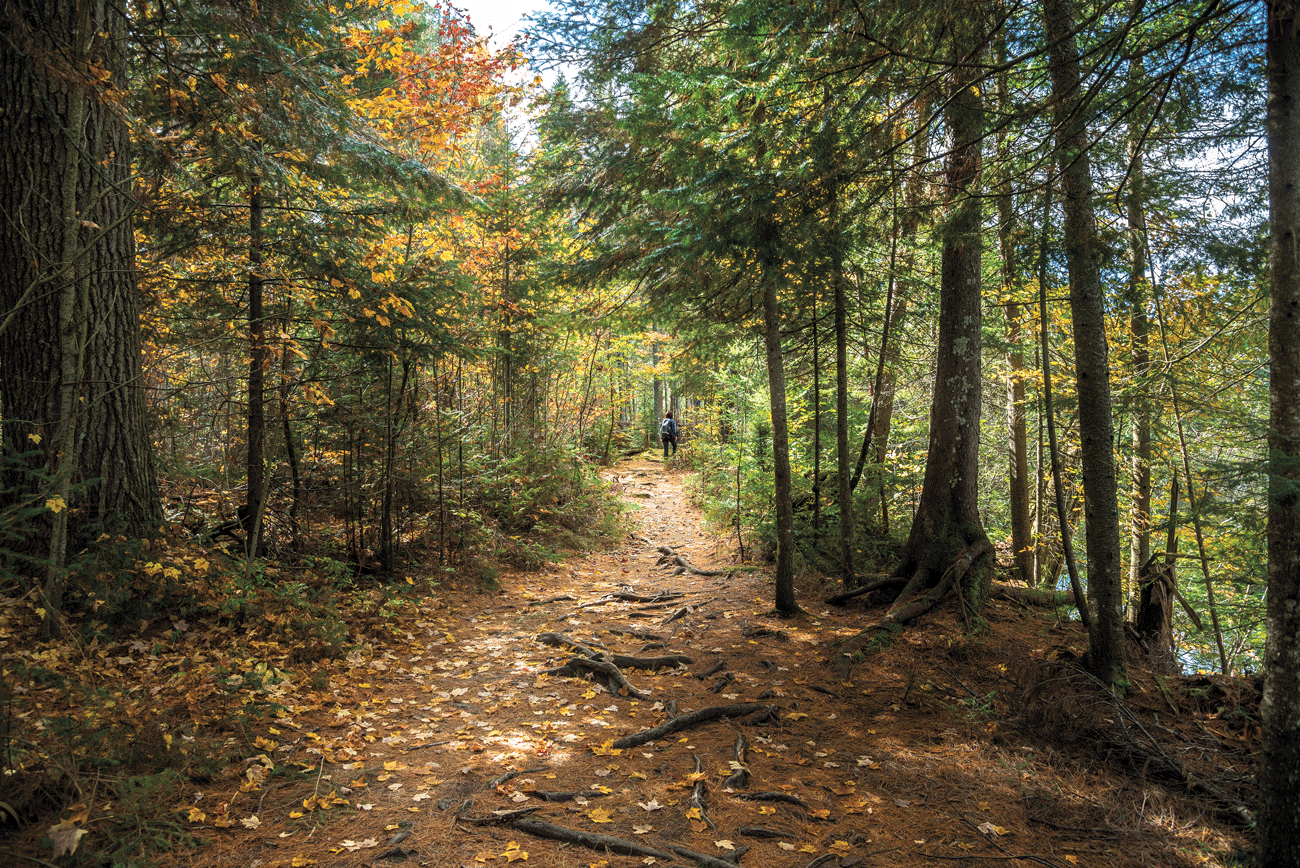
by Miki Marks
As the deciduous trees shed their leaves in the autumn, some Surrey woods reveal historical secrets. Have you ever wondered why there are odd ponds, mounds or banks in woods? These are vestiges of past local industries or mark earlier boundaries or enclosures. Surrey is more likely to have archaeological features than other counties because of its woodland based economy. Abundant timber encouraged the making of charcoal, fuel for the local glass and iron industries. Also the manufacturing of a variety of products such as hop poles, hurdles, tool handles, crates, brooms, bobbins and pallets. Wood was required for ship and house building, and for cooking and heating. Stands of tall, straight trees were referred to as ‘timber’ – the name clearly implying the way the trees were viewed as a crop.
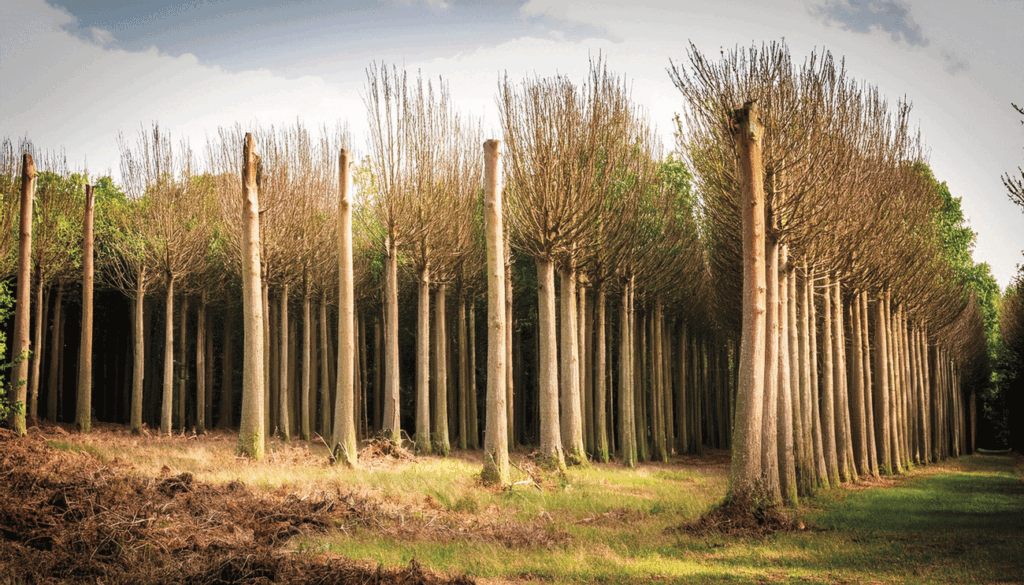
Our woods are ideal for a lovely walk and some detective work. You might glance at an early ordnance survey map and notice how many patches of woodland round here are called copses; a clue that the trees there were once coppiced. Trees were cut nearly to ground level in cycles of 8 to 25 years. The thickened bases of these trees are called stools and can be of considerable age. An area of coppice was protected from browsing animals by an earth bank and usually topped by a hedge of laid thorn. Another way of topping a bank was by ‘stubbing’ the trees growing on it by keeping them cut to about a meter above the ground, which result in a short, thickened, multi branched tree. Pollards are trees in woods where animals graze, and had their lower branches lopped to avoid browsing damage. This results in trees with thickened trunks and high, multi-branched tops.
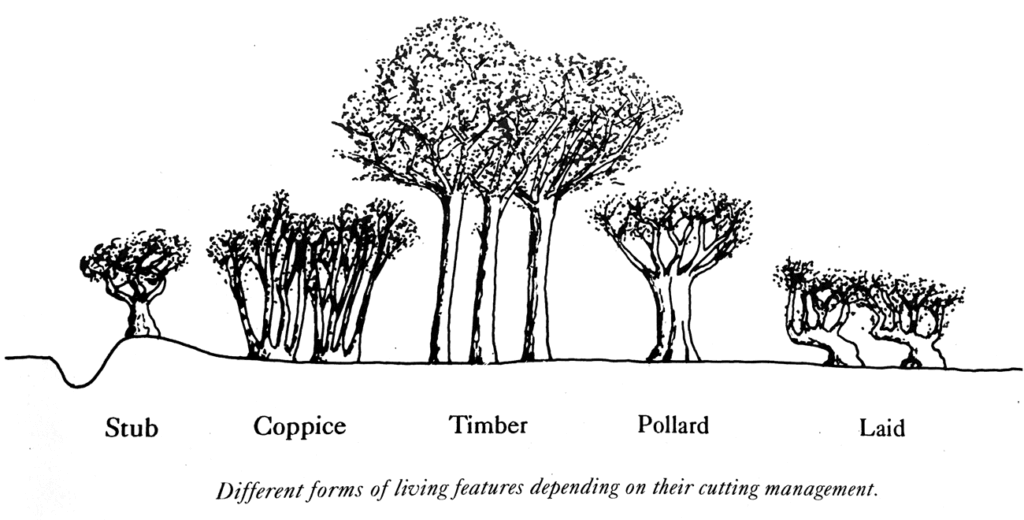
Detective work of another sort, called honey metagenomics is being developed by scientists. They are applying DNA sequencing to honey and not only can they trace the flowers and pollen which have been harvested by bees in a particular hive but they can now gain information about the health of the hive and the surrounding environment. A sample of honey can reveal a whole eco system – a detailed record of all the bees have encountered during their foraging including plants, insects, fungi, viruses and the presence of larger animals in the vicinity. Even traces of the bee keeper’s DNA have been detected. Professor Kaur of the University of Western Australia in Perth calls bees ‘passive bio accumulators’
Honey has always been greatly prized for its sweetness, and its medicinal properties. Wild honey gathering is depicted in Mesolithic rock art in Spain, and commercial production is recorded on cuneiform tablets from the Hittite Empire dating 3000 plus years ago.
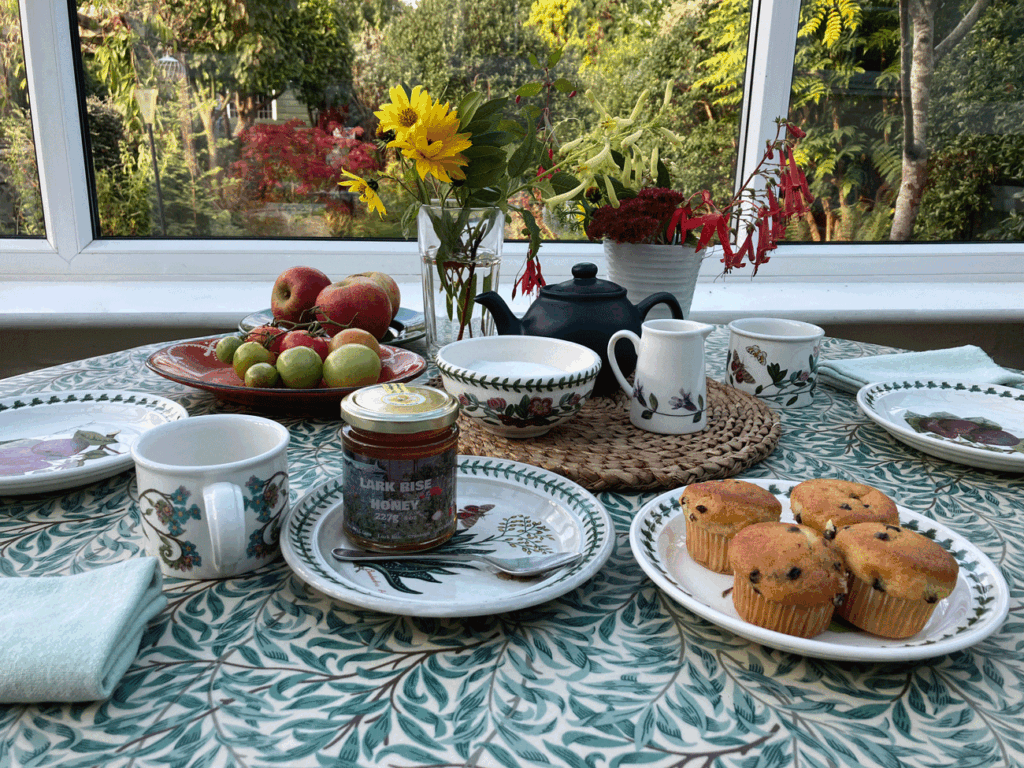
You have probably noticed that price of a pot of honey can vary wildly and no surprise that such a prized commodity is sometimes adulterated, blended and not what it says on the pot. The latest honey detective work should make such fakes easier to spot.
I was delighted to discover local honey for sale just round the corner from where I live in Cranleigh. That means that the bees will have visited my garden. Honey can hardly be more local than that! I bought a pot and it is delicious.
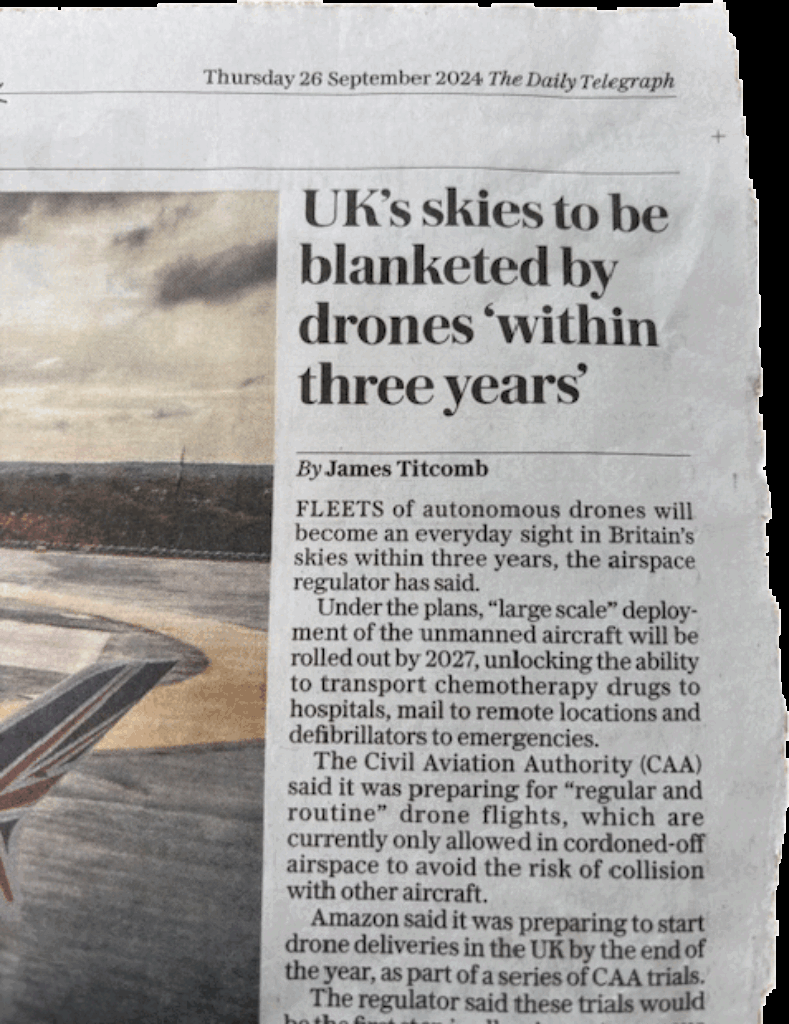
I often lie on a day bed in my conservatory and find that looking up at the sky and watching the movement of birds, or ever changing clouds, is source of interest and contentment. So, I was disturbed to see a headline in The Telegraph which read: “UK’s skies to be blanketed by drones within three years” Apparently the Civil Aviation Authority (CAA)says it is preparing for regular and routine drone flights which are currently only allowed in cordoned-off airspace to avoid collisions. Amazon are preparing to start drone deliveries in the UK by the end of the year. Perhaps we should be reassured that in the last year there have only been 80 recorded incidents involving drones?
I contacted the RSPB and the Surrey Wildlife Trust for their view on the predicted increase in the use of drones. They told me they are concerned, as there currently has been very little assessment of the impact on wildlife. Recent studies have shown significant physiological stress caused by the presence of drones. The question is how to regulate the use of these aircraft to avoid any undesirable impact on wildlife. Apparently the CAA is looking to introduce no-fly zones to protect sensitive areas. Conservation bodies plan to monitor this expanding technology. Already the RSPB does not permit the use of commercial or personal drones over their property – unless specifically permitted by the site manager.
As I lie on my daybed, looking up, I don’t want them ‘blanketing’ my sky either. I want to be a no-fly zone, too.











